Map Iterator C++ Auto
Inserter() :- This function is used to insert the elements at any position in the container.

Map iterator c++ auto. PDF - Download C++ for free. * * @APPLE_OSREFERENCE_LICENSE_HEADER_START@ * * This file contains Original Code and/or Modifications of. /* * Copyright (c) 00-13 Apple Inc.
In C++, we have different containers like vector, list, set, map etc. Everywhere the standard library uses the Compare requirements, uniqueness is determined by using the equivalence relation. This iterator can be used to iterate through a single bucket but not across buckets:.
That is, a variable that has a local lifetime. A constant iterator is just like a regular iterator except that you can't use it to change the element to which it refers, you can think of it as providing read-only access however the iterator itself can change, you can move the constant iterator all around the vector as you see fit, for example suppose you have a vector of string objects that represents bunch of items inside a players. For loops have evolved over the years, starting from the C-style iterations to reach the range-based for loops introduced in C++11.
Starting with Visual Studio 10, the auto keyword declares a variable whose type is deduced from the initialization expression in its declaration. And avoiding it is possible, because C++/WinRT helps you to create collections efficiently and with little effort. As of C++17, the types of the begin_expr and the end_expr do not have to be the same, and in fact the type of the end_expr does not have to be an iterator:.
"the iterator points at a null character"). C++ in all its splendor:. // c is an integer Also, the keyword auto is very useful for reducing the verbosity of the code.
T - the type of the values that can be obtained by dereferencing the iterator. Even though `auto` handles `auto*`, I recommend using `auto*` for clarity if the object is a pointer. // b is a double auto c = a;.
Before Visual Studio 10, the auto keyword declares a variable in the automatic storage class;. The only item missing is the baseline when not to use automatic type deduction at all. Std::map is a sorted associative container that contains key-value pairs with unique keys.
The type of variable bit is that of an iterator for boxes and has an initial value of .begin() – which is just to determine its type for auto. The actual value of variable bit is set in the condition test part of the if statement. There are following types of maps in Java:.
Since calling the erase() function invalidates the iterator, we can use the return value of erase() to set iterator to the next element in sequence. If the shape, size is changed, then we can face this kind of problems. In C++03, we must specify the type of an object when we declare it.
// Creating a reverse iterator pointing to end of set i.e. So that it points to the last element of set and then we will keep on access and increment the iterator to next till set::rend() is reached i.e. Notice that an unordered_map object makes no guarantees on which specific element is considered its first element.But, in any case, the range that goes from its begin to its end covers all the elements in the container (or the bucket), until invalidated.
Operator 12.) Erase by Value or callback. Is a built-in function in C++ STL which is used to erase element from the container. Begin does not compile, while std::.
Varun July 24, 16 How to iterate over an unordered_map in C++11 T18:21:27+05:30 C++ 11, unordered_map No Comment In this article we will discuss the different ways to iterate over an unordered_map. A constant iterator allows you to read but not modify the contents of the vector which is useful to enforce const correctness:. // Iterate using auto auto itr = mapOfStrs.begin();.
Class bucket_iterator {//. Now let’s see how to iterate over this map in 3 different ways i.e. Iterating over Map.entrySet() using For-Each loop :.
It’s map<int, string>::iterator, which can be specified explicitly. This makes it possible to delimit a range by a predicate (e.g. So we can iterate over key-value pair using getKey() and getValue() methods of Map.Entry<K, V>.
All maps in Java implements Map interface. Before C++ 11, each data type needs to be explicitly declared at compile time, limiting the values of an expression at runtime but after a new version of C++, many keywords are included which allows a programmer to leave the type deduction to the. An iterator is an interface used for iterate over a collection.
Maps are usually implemented as red-black trees. Notice that we use the auto type specifier to declare std::map iterator because this method is recommended for readability. In particular, when iterators are implemented as pointers or its operator++ is lvalue-ref-qualified, ++ c.
Syntax for erasing a key:. } Important points about auto variable in C++11. It just needs to be able to be compared for inequality with one.
Member type key_type is the type of the keys for the elements in the container, defined in map as an alias of its first template parameter (Key). To iterate backwards use rbegin() and rend() as the iterators for the end of the collection, and the start of the collection respectively. Return value A reference to the mapped value of the element with a key value equivalent to k.
7.) Iterate a map in reverse order. 5.) How to Iterate over a map in C++. An iterator is best visualized as a pointer to a given element in the container, with a set of overloaded operators.
Std::map and std::multimap both keep their elements sorted according to the ascending order of keys. 10.) Erase by Key | Iterators. Auto is faster to write and read and more flexible/maintainable than an explicit type.
Map<int,int>::iterator itr = Map.begin();. An iterator is an object that can navigate over elements of STL containers.(eg of containers:vectors) All iterator represents a certain position in a container. Instead of typing std::map<std::string, std::string>::iterator we can just use auto here i.e.
Hence, a Map is an interface which does not extend the Collections interface. ==> Provide a much more complete set of setters and getters for different value types in the prop_array_util(3) and prop_dictionary_util(3) functions. Member types iterator and const_iterator are bidirectional iterator types pointing to elements (of type value_type).
The basic difference between std::map and std::multimap is that the std::map one does not allow duplicate values for the same key where. HEAD Changes since 1.0:. Map lower_bound () function in C++ STL – Returns an iterator to the first element that is equivalent to mapped value with key value ‘g’ or definitely will not go before the element with key value ‘g’ in the map.
Auto operator ++ noexcept-> bucket_iterator &. Now to iterate a set in reverse direction, we need to create an reverse_iterator and initialise it with set::rbegin(). 1.) Once you have initialized the auto variable then you.
Otherwise, it returns an iterator. But if you have data in a std::vector (or a std::map, or a std::unordered_map) and all you want to do is pass that to a Windows Runtime API, then you'd want to avoid doing that level of work, if possible. Use Traditional for Loop to Iterate Over std::map Elements.
First of all, create an iterator of std::map and. I missed off a couple template arguments. In C++ unordered_map containers, the values are not defined in any particular fashion internally.
Edit Example Run this code. Many-a-times a container/range under question has completely non-generic, commonly used, simple and terse types (unlike the elements of std::map as in your example), in which case usage of auto in any form is not only unnecessary, but obfuscating. //init usa auto city_it = usa.find("New York");.
Returns an iterator pointing to the first element in the unordered_map container (1) or in one of its buckets (2). To use any of std::map or std::multimap the header file <map> should be included. The use of auto should be reserved for situations where we don't actually care about the type as long as it behaves in a manor that we want (for example iterators, we don't actually care what iterator we get as long as we can use it like an iterator).
Auto a = 2;. In this article we will discuss 3 different ways to Iterate over a map in C++. Rbegin std::set<std::string>::reverse_iterator revIt.
Otherwise, we grab the current index our bucket_iterator. While iterating over a std::map or a std::multimap, the use of auto is preferred to avoid useless implicit conversions (see this SO answer for more details). // a is an interger auto b = 8.7;.
Must be one of iterator category tags. Now, C++11 lets us declare objects without specifying their types. C++ Unordered_map is the inbuilt containers that are used to store elements in the form of key-value pairs.
The C++ standard defines an original and a revised meaning for this keyword. 6.) Map Insert Example. A map is not a Collection but still, consider under the Collections framework.
Otherwise, it returns an iterator. I just want to query, instead of changing anything pointed by city_it, so I’d like to have city_it to be map<int>::const_iterator.But by using auto, city_it is the same to the return type of map::find(), which is map<int>::iterator. An Iterator is an object that can traverse (iterate over) a container class without the user having to know how the container is implemented.
The function accepts one mandatory parameter key which specifies the key to be erased in the map container. The function returns 1 if the key. In this post, we will discuss how to remove entries from a map while iterating it in C++.
I mean, do you want to start typing. Is it possible to “force” a const_iterator using auto?. We should be careful when we are using iterators in C++.
We then extract the begin iterator of our container of nodes and moving until that index. First declare a iterator of suitable type and initialize it to the beginning of the map. If we want to iterate backwards through a list or vector we can use a reverse_iterator.A reverse iterator is made from a bidirectional, or random access iterator which it keeps as a member which can be accessed through base().
An iterator to the first element in the container. 8.) Check if a key exists in a Map. Iterate over a map using STL Iterator.
For instance, instead of writing. See your article appearing on the GeeksforGeeks main page and help other Geeks. If a map object is const-qualified, the function returns a const_iterator.
`&data0` could be replaced with another iterator and the code would still work. In this article, we will discuss 4 different ways to iterate map in c++. Iterate map using iterator.
With many classes (particularly lists and the associative classes), iterators are the primary way elements of these classes are accessed. 4 The position of new iterator using prev() is :. Join a list of 00+ Programmers for latest Tips & Tutorials.
Since C++11 the cbegin() and cend() methods allow you to obtain a constant iterator for a vector, even if the vector is non-const. 9.) Search by value in a Map. Revision 1.1 / - annotate - select for diffs, Sat Jun 6 21:25:59 UTC (7 days, 10 hours ago) by thorpej Branch:.
Map.entrySet() method returns a collection-view(Set<Map.Entry<K, V>>) of the mappings contained in this map. Improvements to the problib(3) API:. 11.) C++ Map :.
An iterator to the first element in the container. If the map object is const-qualified, the function returns a const_iterator. The position of new iterator using next() is :.
Keys are sorted by using the comparison function Compare.Search, removal, and insertion operations have logarithmic complexity. Map emplace_hint () function in C++ STL – Inserts the key and its element in the map container with a given hint. After that, use a while to iterate over the map.
Each element of the container is a map<K, V>::value_type, which is a typedef for std::pair<const K, V>.Consequently, in C++17 or higher, you can write. It can be used to erase keys, elements at any specified position or a given range. Therefore, we return a dense_hash_map_iterator also pointing at the end.
4.) Set vs Map. The category of the iterator. The idea is to iterate the map using iterators and call unordered_map::erase function on the iterators that matches the predicate.
When we are using iterating over a container, then sometimes, it may be invalidated. – Martin York Aug 8 '10 at 18:48. The data types of both the key values and the mapped values can either be predefined or executed at the time, and values are inserted into the container.
While(itr != mapOfStrs.end()) { std::cout<<itr->first<<"::"<<itr->second<<std::endl;. Keep incrementing iterator until iterator reaches the end of the map. In case of std::multimap, no sorting occurs for the values of the same key.
Distance - a type that can be used to identify distance between iterators Pointer - defines a pointer to the type iterated over (T) Reference -. This iterator can be used to iterate through a single bucket but not across buckets:. But the later, modern, versions of the for loop have lost a feature along the way:.
The possibility to access the index of the current element in the loop. An iterator type whose category, value, difference, pointer and reference types are the same as const_iterator. Boost::multi_map<NodeType, indexed_by<ordered_unique<identity<NodeType>>, hashed_non_unique<identity<NodeType>, custom_hasher>>::iterator_type<0> it That's not even the full type.
+3 -3 lines Diff to previous 1.0 (). Get code examples like "iterate through unordered_map c++" instantly right from your google search results with the Grepper Chrome Extension. This method is most common and should be used if you need both map keys and values in the loop.
This lesson uses `auto` rather than `auto*`, because it's more important that `begin` is an iterator than that it's a pointer. Suppose we have a map of string and int as key-value pair i.e. To iterate through these containers, we can use the iterators.

Stl Associative Containers Navigating By Key Pair Class Aggregates Values Of Two Possibly Different Types Used In Associative Containers Defined In Ppt Download

C Tutorial For Beginners 45 C Map Youtube

Equivalent Linkedhashmap In C Stack Overflow
Map Iterator C++ Auto のギャラリー

Understanding The Unordered Map In C Journaldev

Structured Bindings In For Loop With Map Unordered Map Issue 2472 Microsoft Vscode Cpptools Github
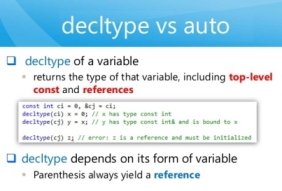
Type Inference In C Auto And Decltype Code Machine
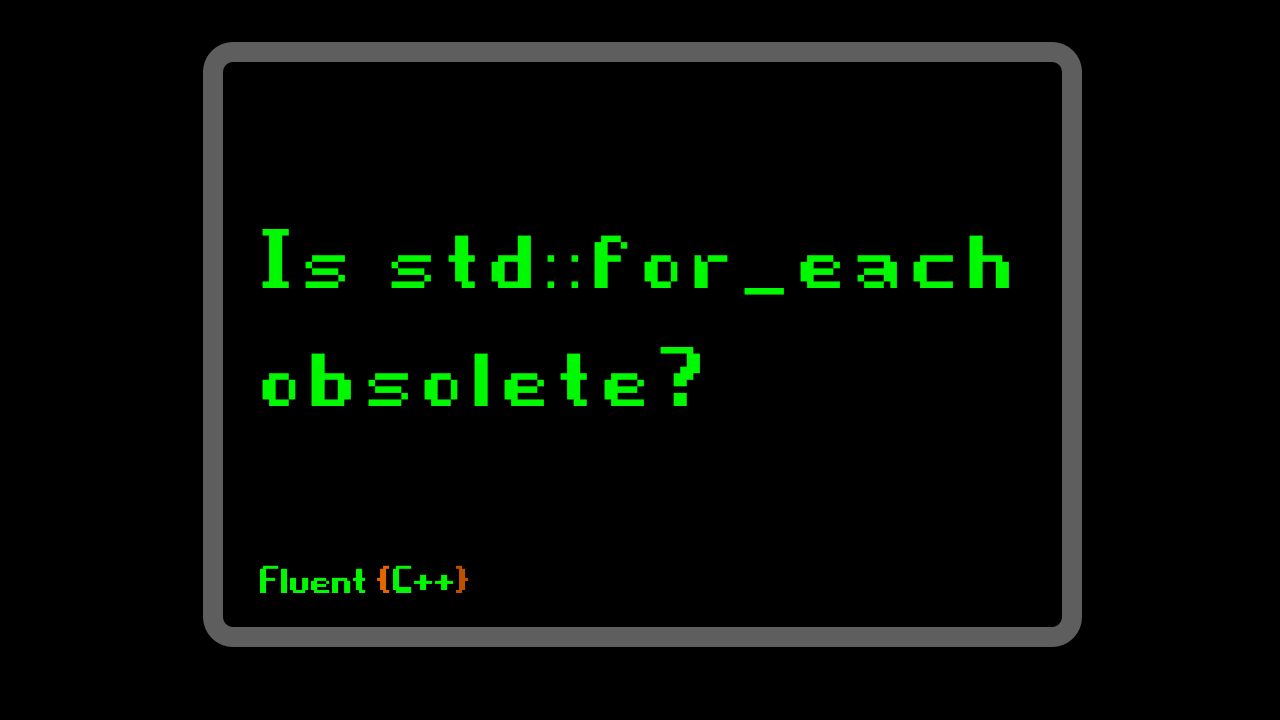
Is Std For Each Obsolete Fluent C
Q Tbn 3aand9gcshsq28rcq3fhqodmz30g3iclce0kijfnzxz 4y7cyaxpybhunk Usqp Cau

How To Initialize Unordered Map Directly With Fixed Element Stack Overflow

How To Store A List In A Map In C Stack Overflow

Overview Of Std Map S Insertion Emplacement Methods In C 17 Fluent C

A Quick Tutorial Of Standard Library In The C 11 Era 2 Overview Of Stl Alibaba Cloud Developer Forums Cloud Discussion Forums
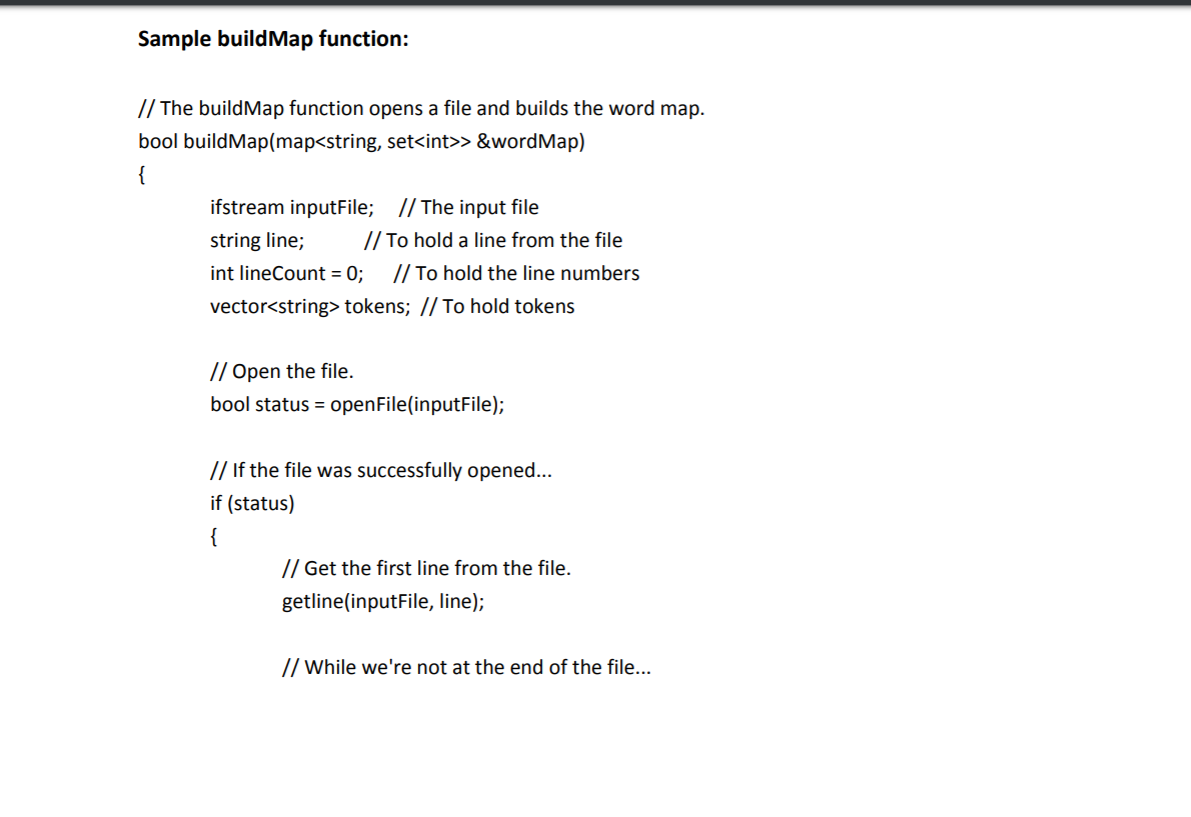
Solved Code Needed In C My Code Is Giving Me Error Here Chegg Com

10 5 Std Map And Std Multimap Overview Youtube

Modern C Iterators And Loops Compared To C Wiredprairie
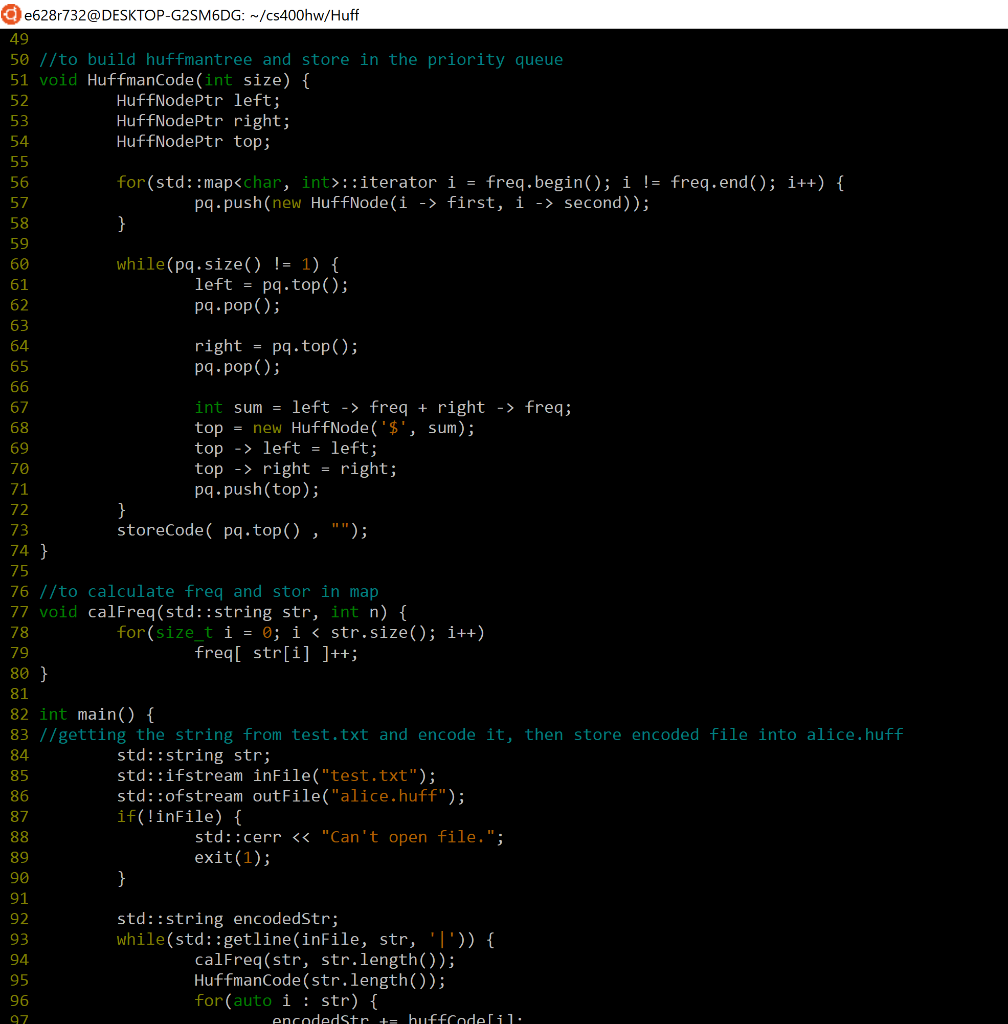
Huffman Decoding In C Please The Encoding Pa Chegg Com

Iterator Design Pattern This Program Will Work With Ma Homeworklib
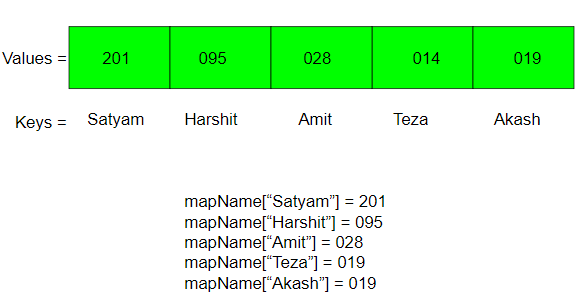
Difference Between Array And Map Geeksforgeeks

C Begin Returns The End Iterator With A Non Empty List Stack Overflow

10 Tips To Be Productive In Clion A Cro C Articles
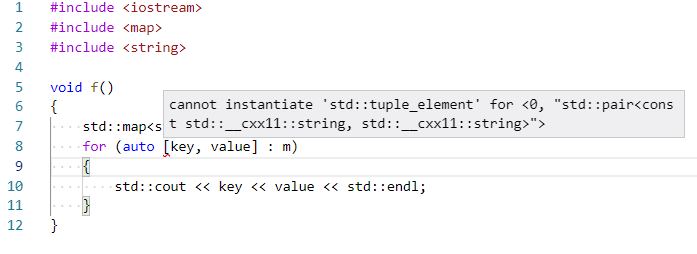
Structured Bindings In For Loop With Map Unordered Map Issue 2472 Microsoft Vscode Cpptools Github
1
Github Tessil Array Hash C Implementation Of A Fast And Memory Efficient Hash Map And Hash Set Specialized For Strings

C 11 Alex Sinyakov Software Engineer At Amc Bridgeamc Bridge Pdf Slides Ppt Download

3 Simple C 17 Features That Will Make Your Code Simpler Fluent C

C 14 11 New Features

The Standard C Library Ppt Download

An Introduction To Programming Though C Ppt Download

C Core Guidelines Std Array And Std Vector Are Your Friends Modernescpp Com
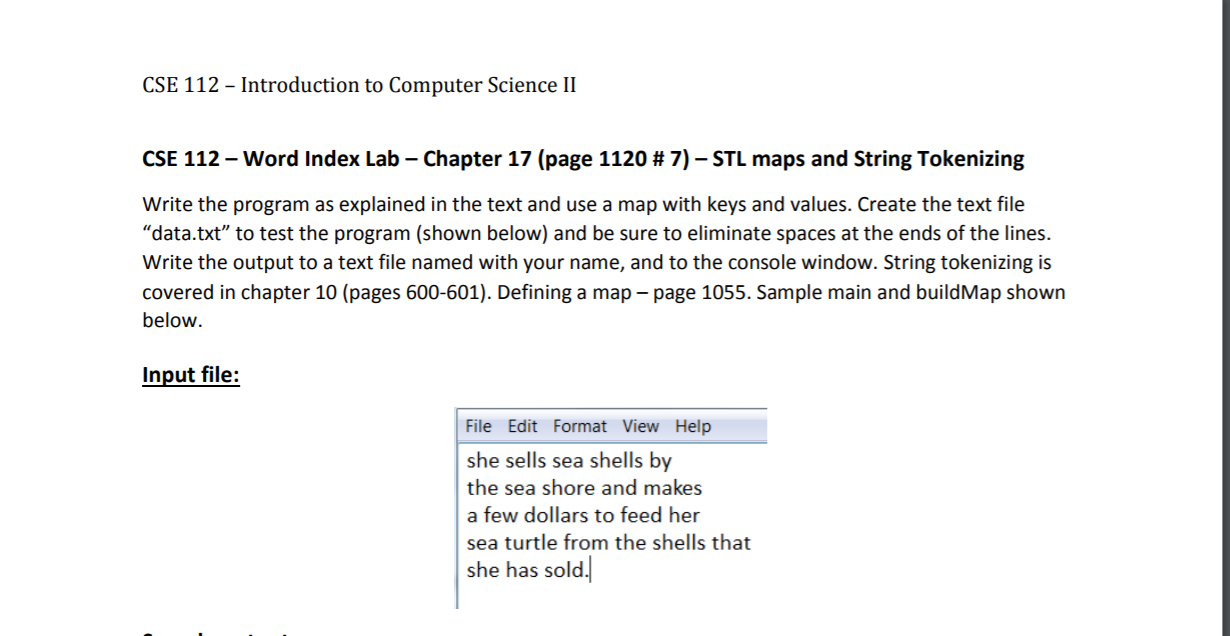
Solved Code Needed In C My Code Is Giving Me Error Here Chegg Com

Solved Part 1 Create A Vector Of Integers Of Size 10 Po Chegg Com
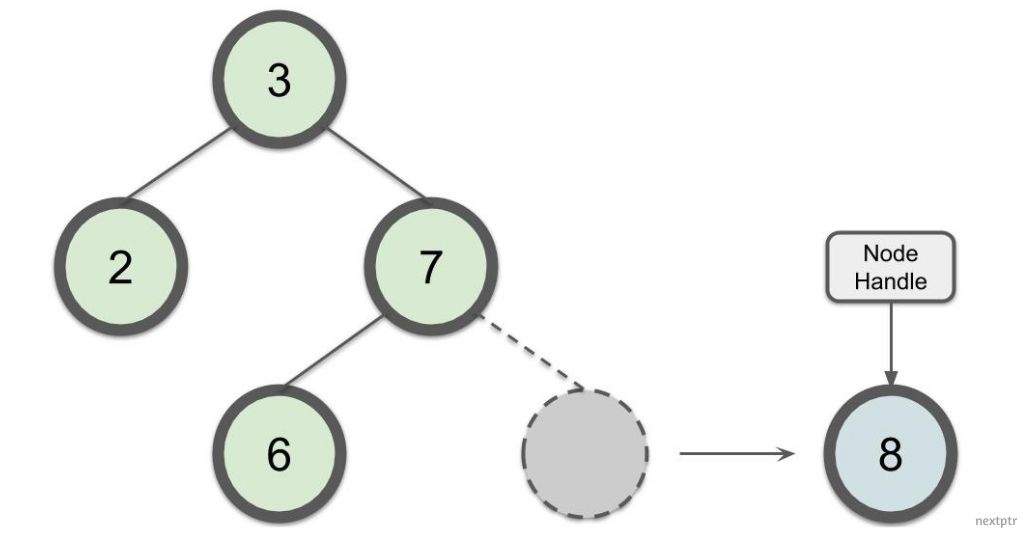
C Update Keys Of Map Or Set With Node Extract Nextptr

C Print Map Maping Resources
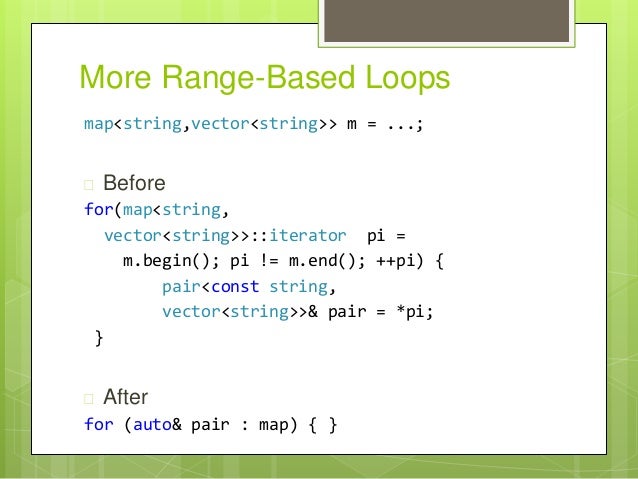
What S New In C 11 14

Map In C Stl C Youtube
Unordered Map Cpp Questions
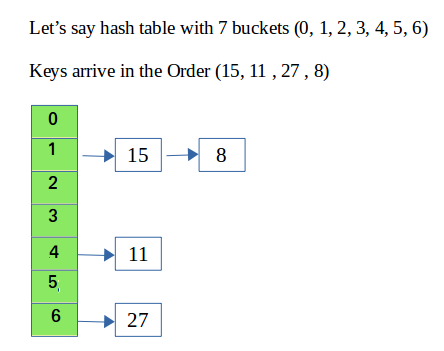
C Program For Hashing With Chaining Geeksforgeeks

Containers Springerlink
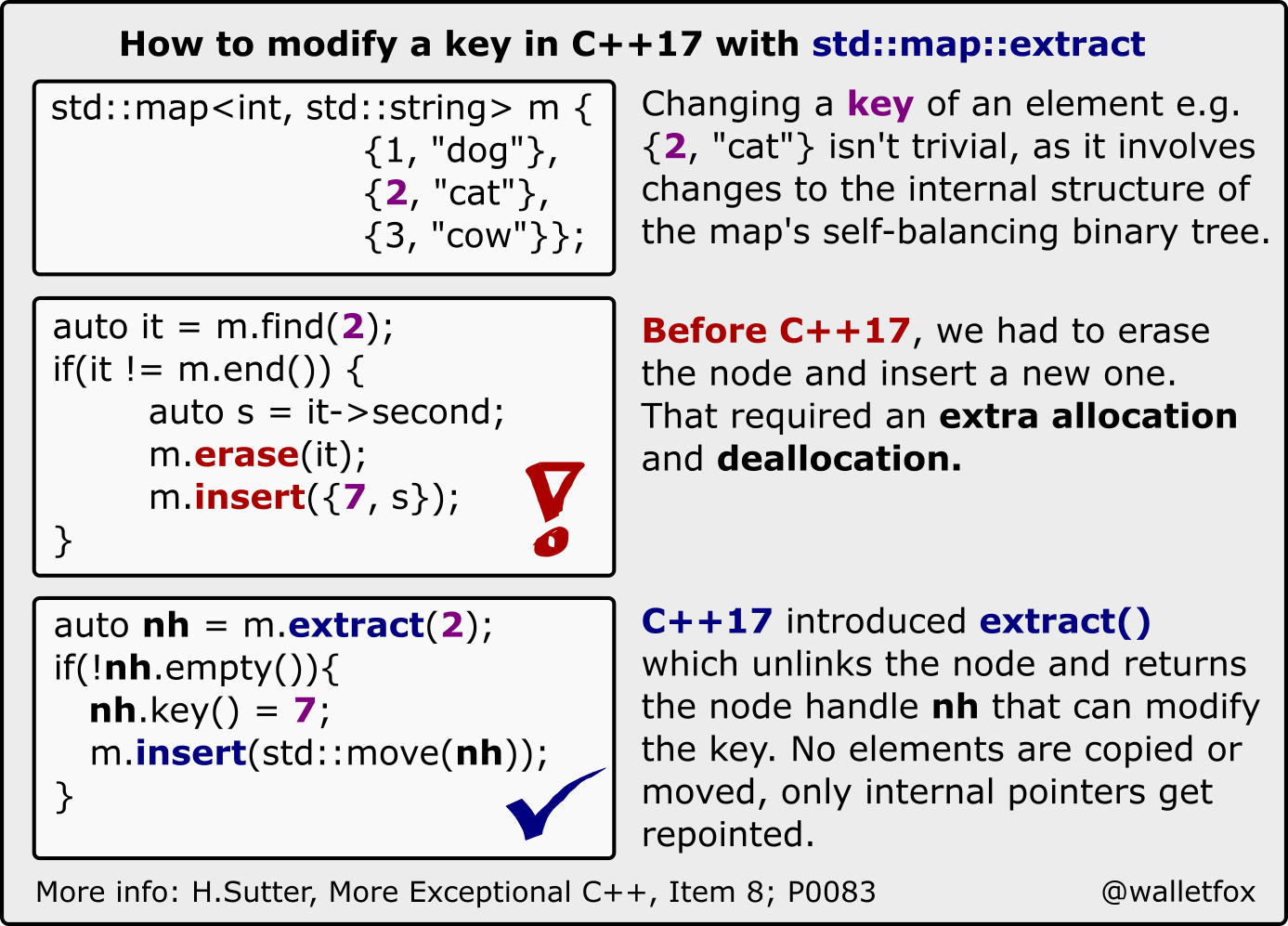
How To Modify A Key In A C Map Or Set Fluent C

Thread Safe Std Map With The Speed Of Lock Free Map Codeproject

Map In C Stl Scholar Soul

C Unordered Map End Function Alphacodingskills

Using Std Map Wisely With Modern C Vishal Chovatiya

Designing C Iterators Part 1 Of 3 Introduction Youtube
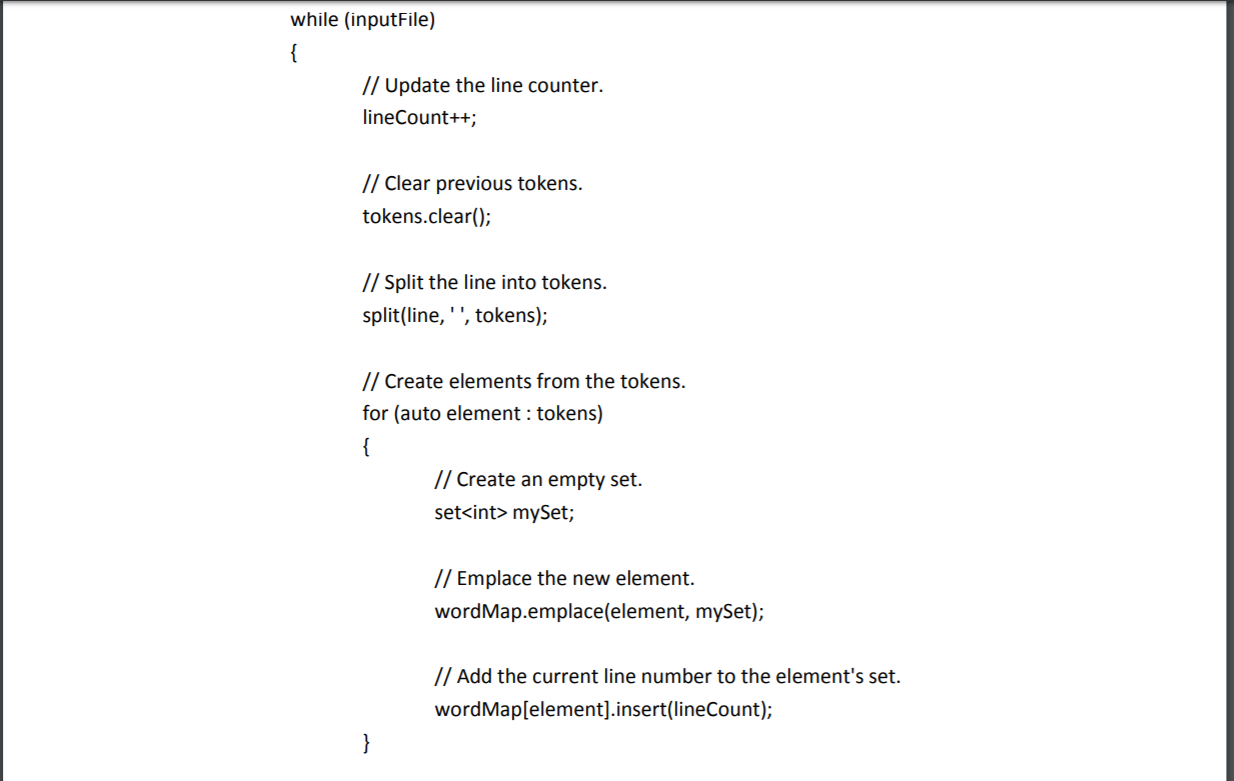
Solved Code Needed In C My Code Is Giving Me Error Here Chegg Com

Thread Safe Std Map With The Speed Of Lock Free Map Codeproject
Q Tbn 3aand9gcr8xb7longslomdcmjsnadaatgstrvbjvhhy24fq Usqp Cau

C Template To Iterate Through The Map Stack Overflow
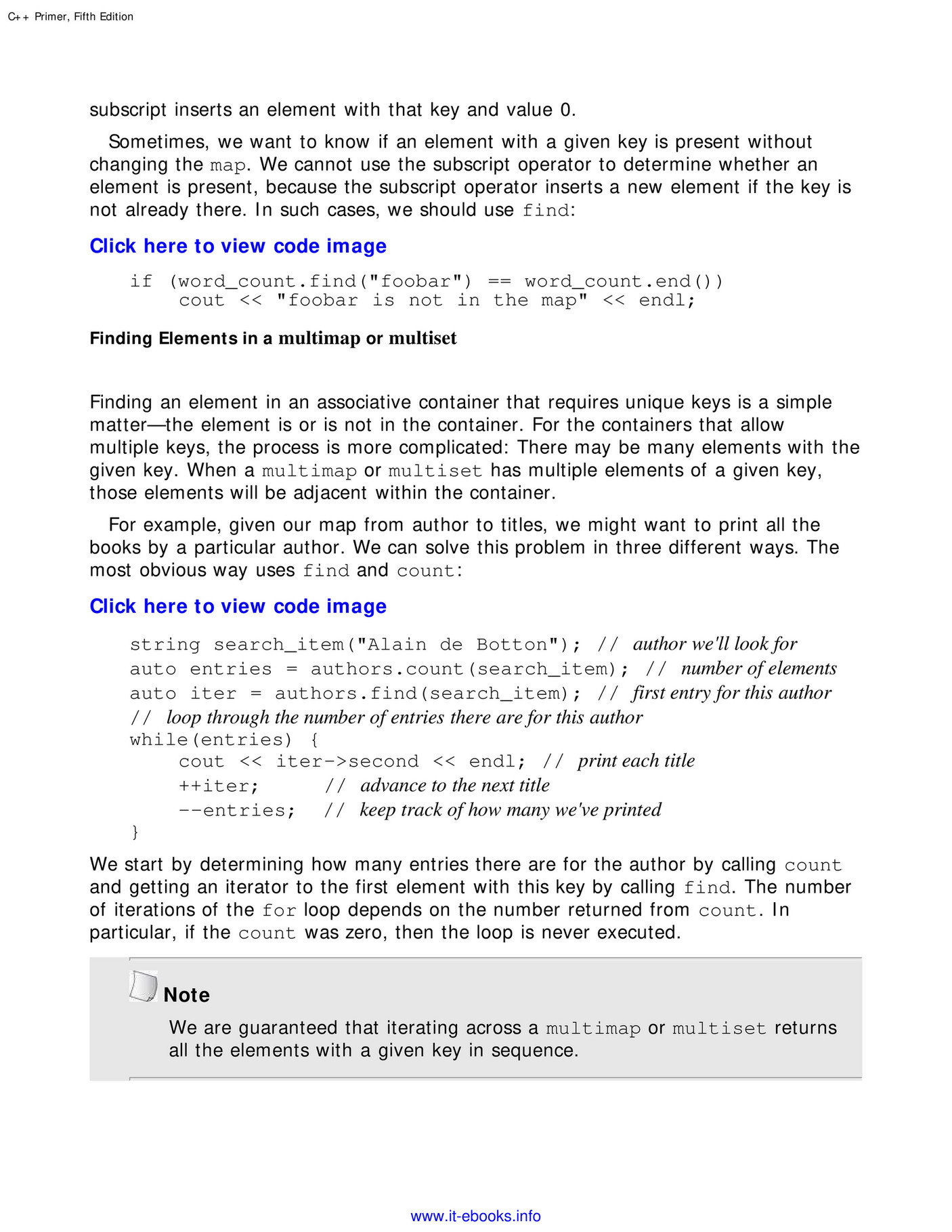
My Publications C Primer 5th Edition Page 548 Created With Publitas Com

What Is Auto Keyword In C Journaldev
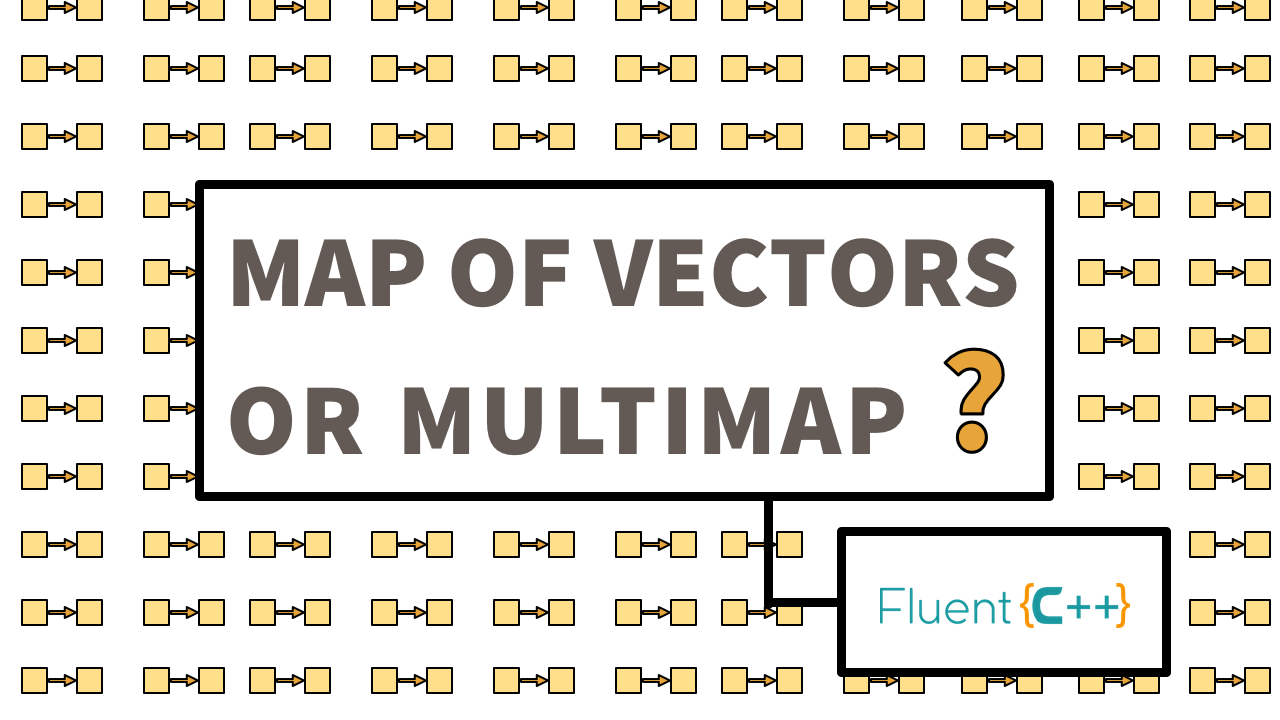
Which One Is Better Map Of Vectors Or Multimap Fluent C
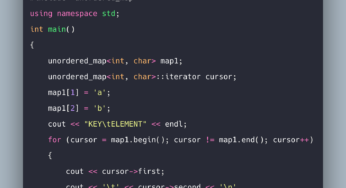
C Unordered Map Example Unordered Map In C

Map In C Standard Template Library Stl With Example
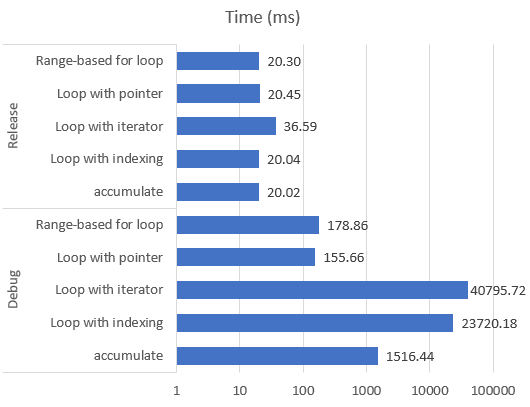
Efficient Way Of Using Std Vector

Std Map Find And Std Map End Being Weird Stack Overflow

C Guide For Eos Development Iterators Lambda Expressions Cmichel

C 17 Map Splicing Fj
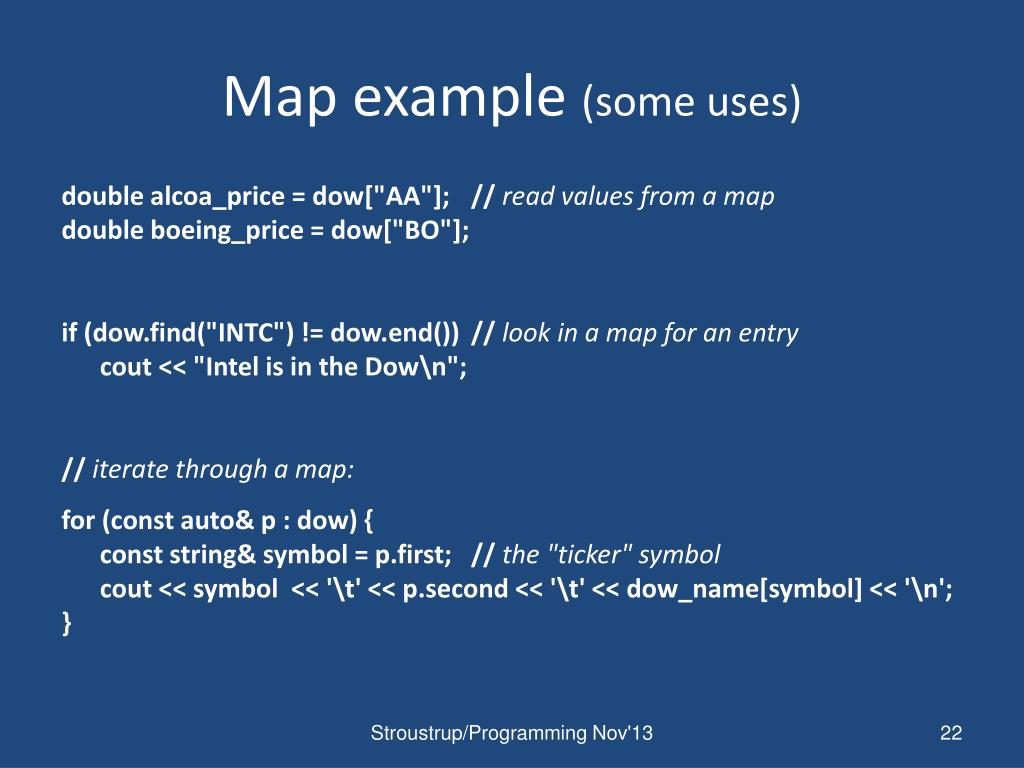
Ppt Chapter 21 The Stl Maps And Algorithms Powerpoint Presentation Id
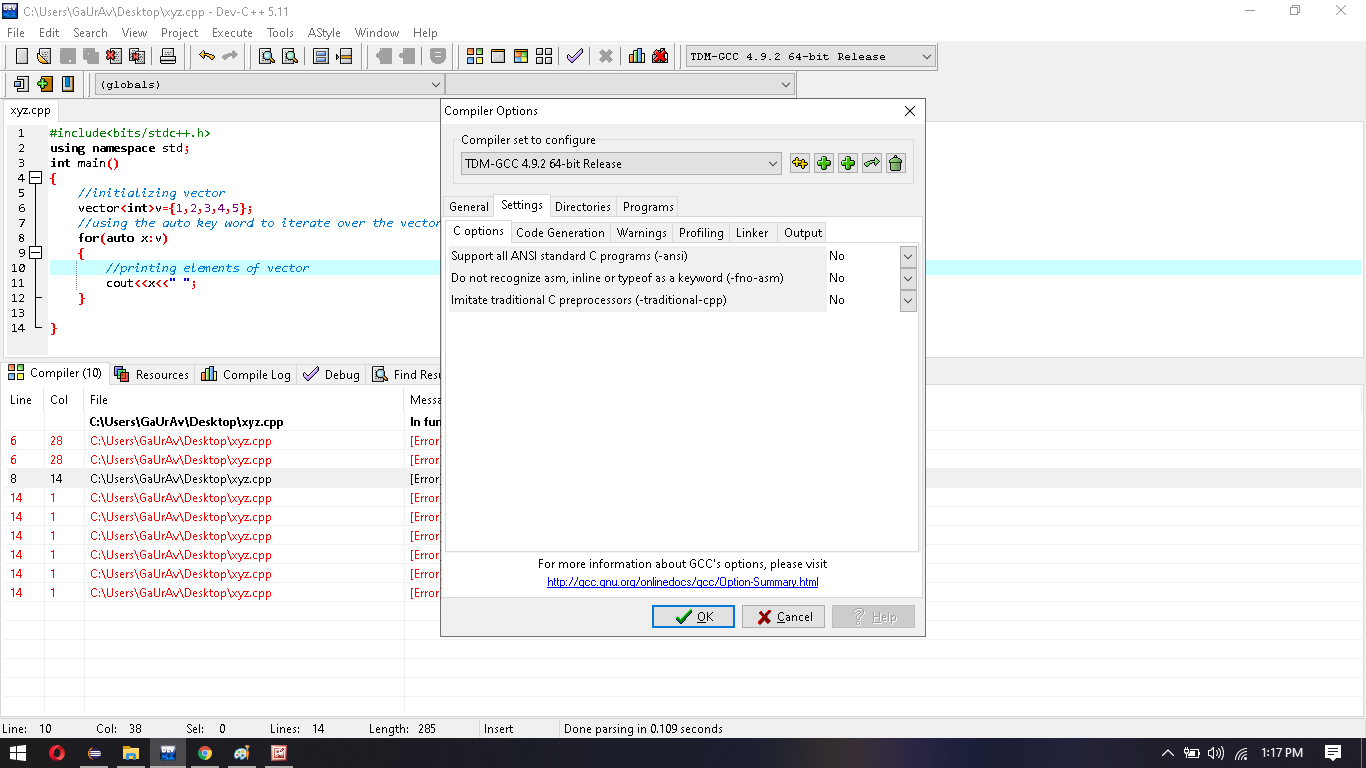
How To Fix Auto Keyword Error In Dev C Geeksforgeeks

Building Map Filter And Reduce In C With Templates And Iterators Philip Gonzalez
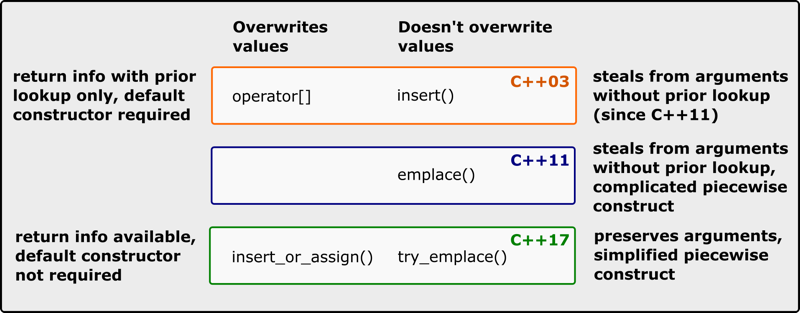
Overview Of Std Map S Insertion Emplacement Methods In C 17 Fluent C

Stl Containers Some Other Containers In The Stl Ppt Download

The C Stl Map Container Youtube

Structured Bindings In For Loop With Map Unordered Map Issue 2472 Microsoft Vscode Cpptools Github

Debugging Map Int Unique Ptr A In Gdb Stack Overflow

The C Stl Map Container Youtube

Solved Std Map Memory Layout Guided Hacking

Valgrind Invalid Read Of Size 8 Error Stack Overflow
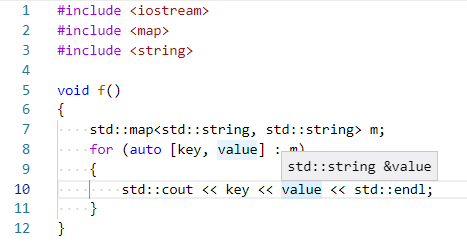
Structured Bindings In For Loop With Map Unordered Map Issue 2472 Microsoft Vscode Cpptools Github
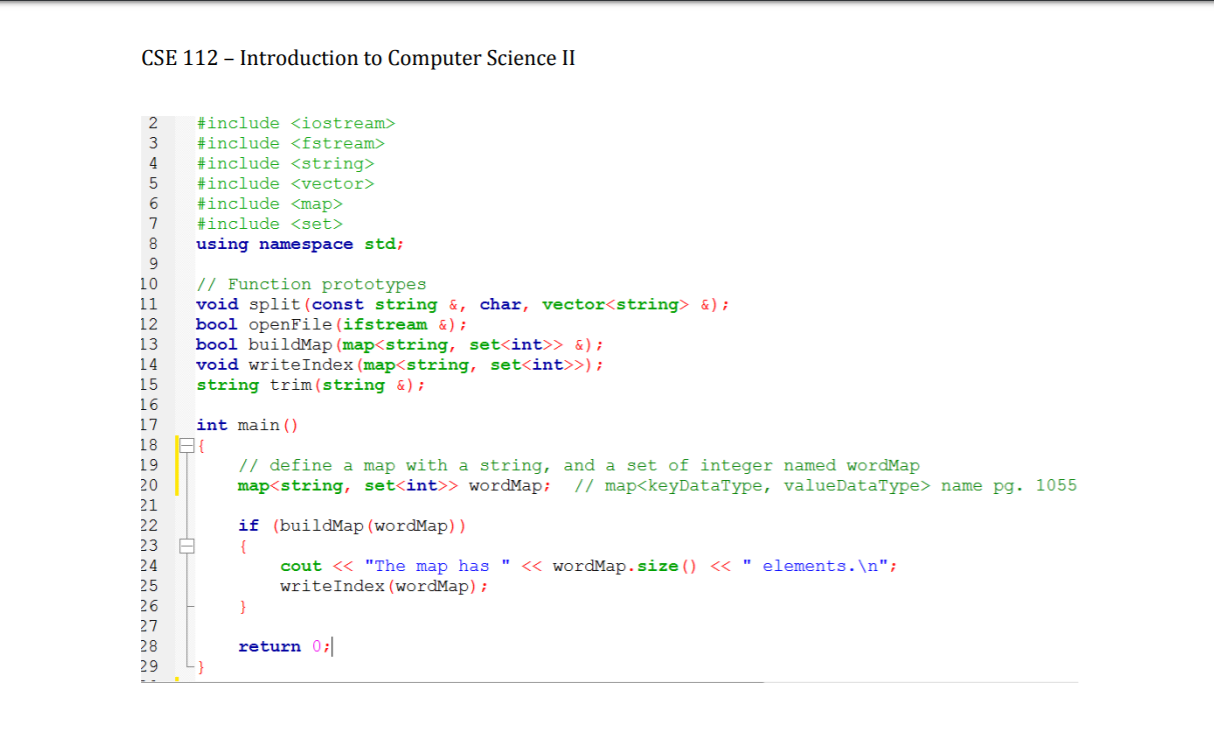
Solved Code Needed In C My Code Is Giving Me Error Here Chegg Com

Using Std Map With A Custom Class Key

Overview Of Std Map S Insertion Emplacement Methods In C 17 Fluent C
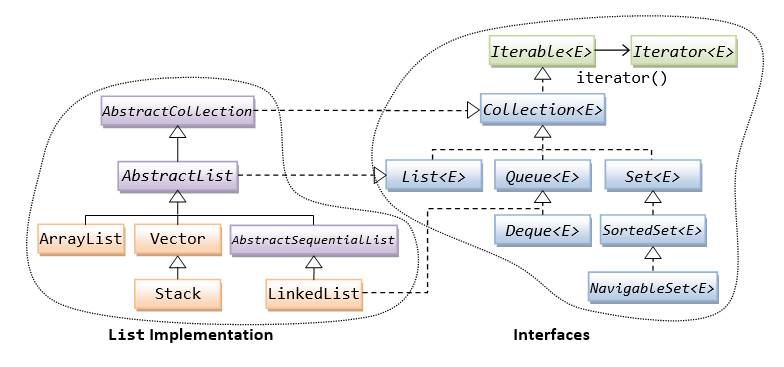
The Collection Framework Java Programming Tutorial
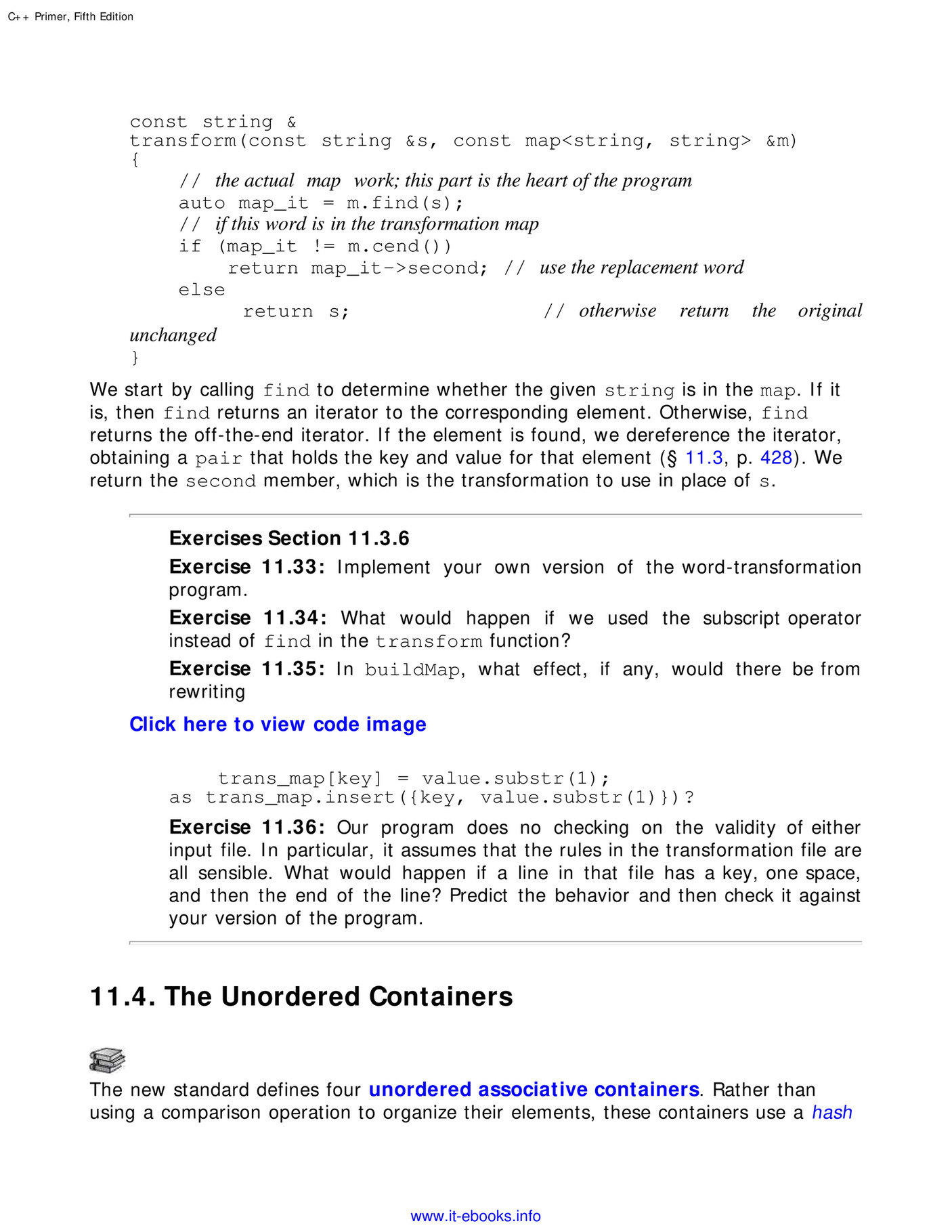
My Publications C Primer 5th Edition Page 552 553 Created With Publitas Com
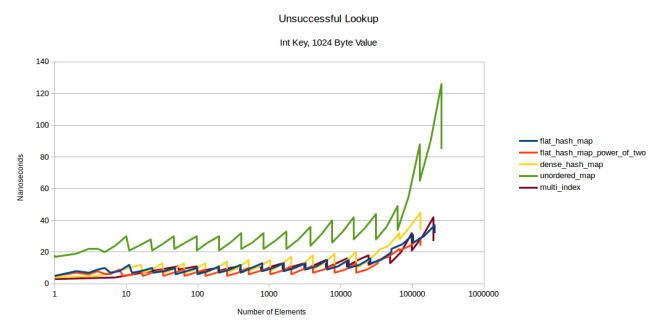
I Wrote The Fastest Hashtable Probably Dance

C 11 Hash Table Hash Map Dictionaries Set Iterators By Abu Obaida Medium
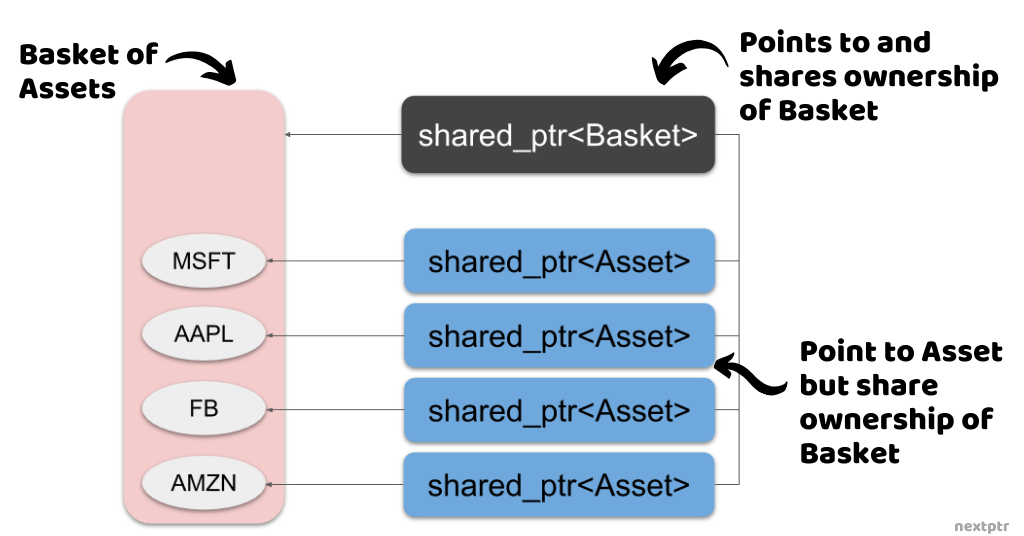
C Aliasing Constructed Shared Ptr As Key Of Map Or Set Nextptr

Qt Range Based For Loops And Structured Bindings Kdab

Interpolation Search A Generic Implementation In C Part 2 By Vanand Gasparyan Medium

C Functional Patterns With The Ranges Library Modernescpp Com

Modern C Iterators And Loops Compared To C Wiredprairie

Using Modern C Techniques With Arduino Hackaday

C 11 Stl Playlist 1 Ita 14 Map E Multimap Youtube

No C Still Isn T Cutting It Cpp
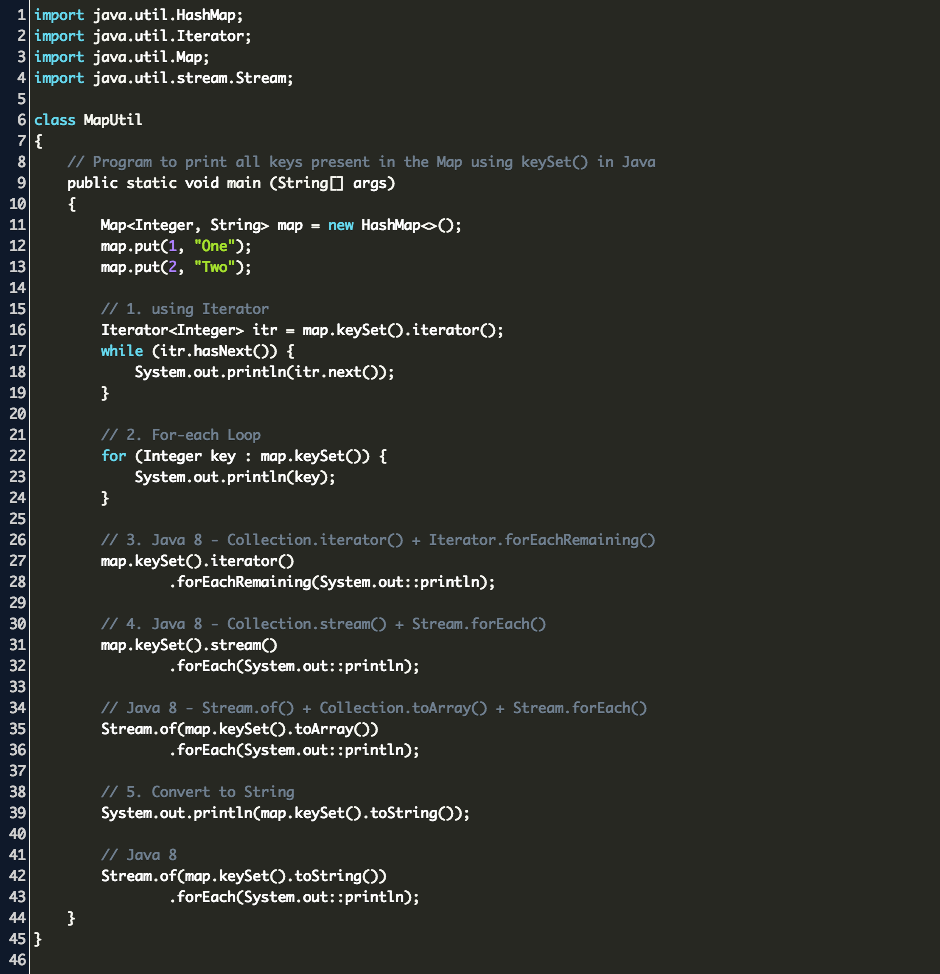
How To Print The Map In Java Code Example
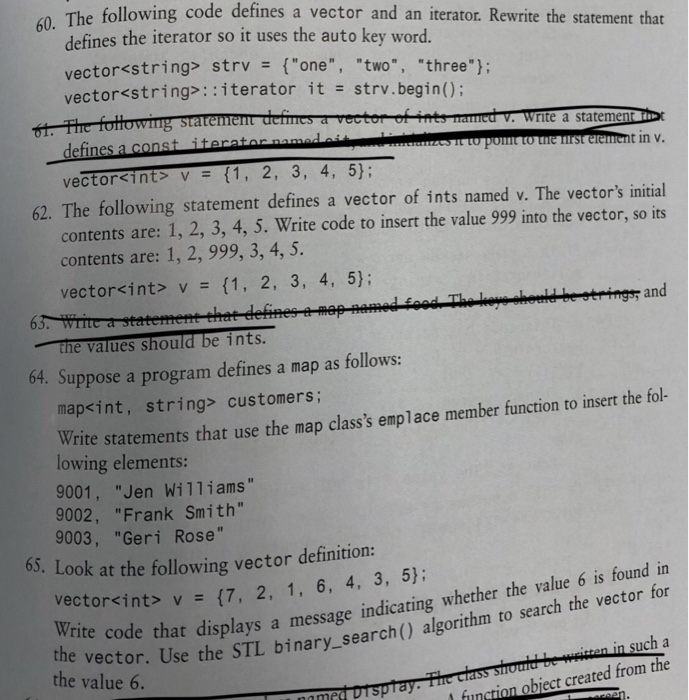
Solved The Following Code Defines A Vector And An Iterato Chegg Com

Iterators Json For Modern C
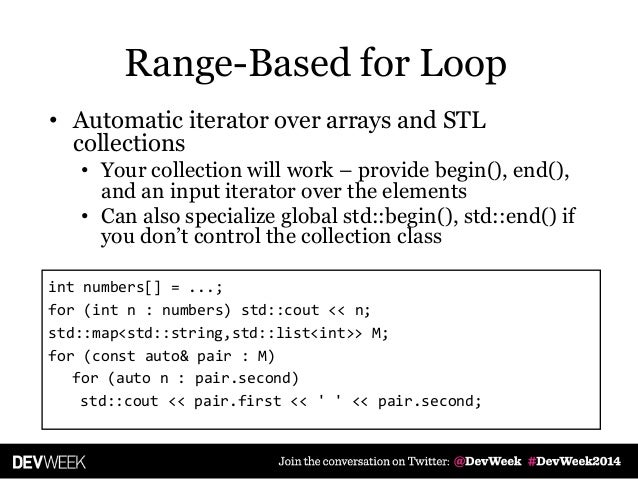
What S New In C 11

Std Map C Tutorial
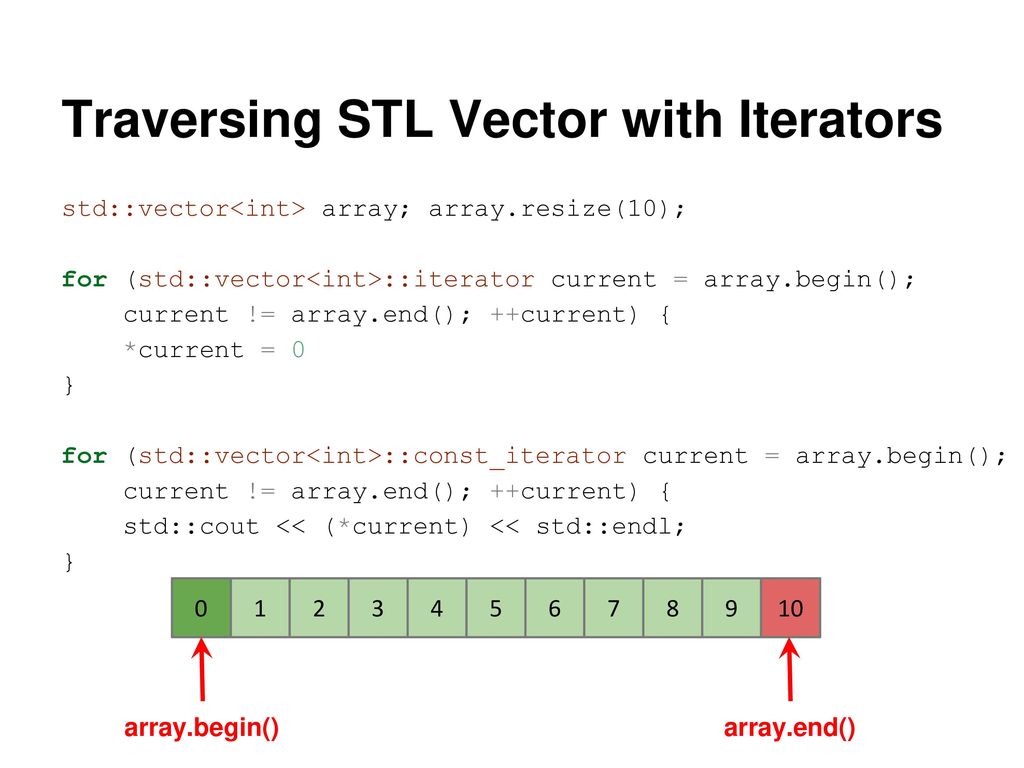
C Standard Template Library Ppt Download

Map In C Standard Template Library Stl With Example
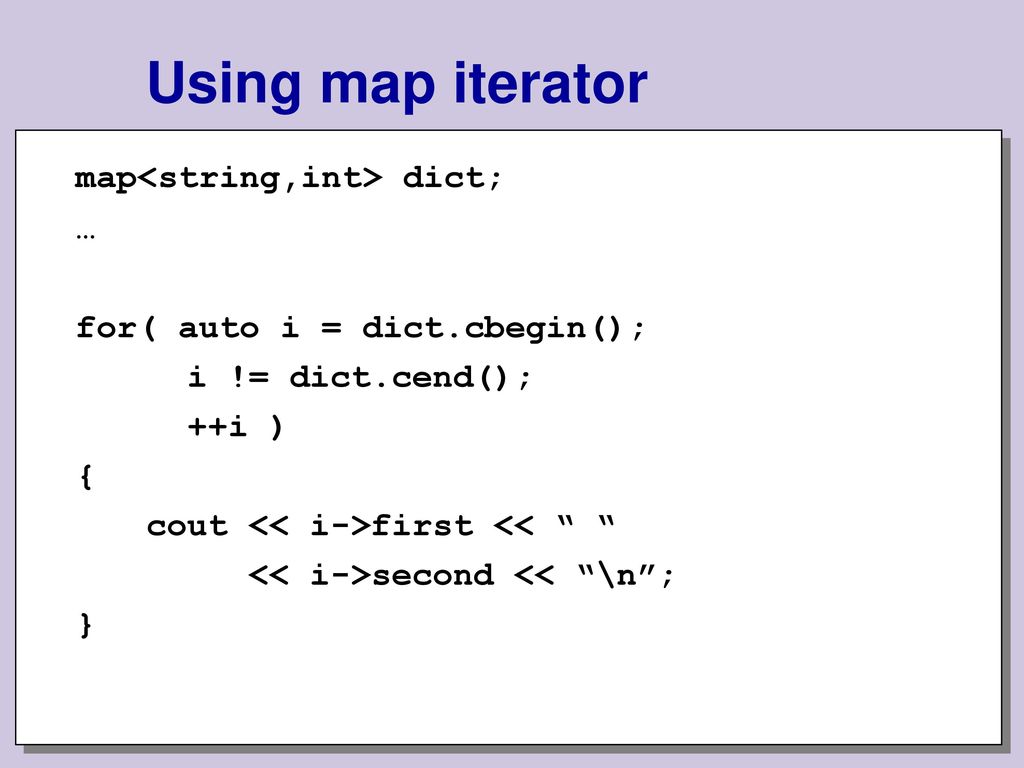
The Standard C Library Ppt Download
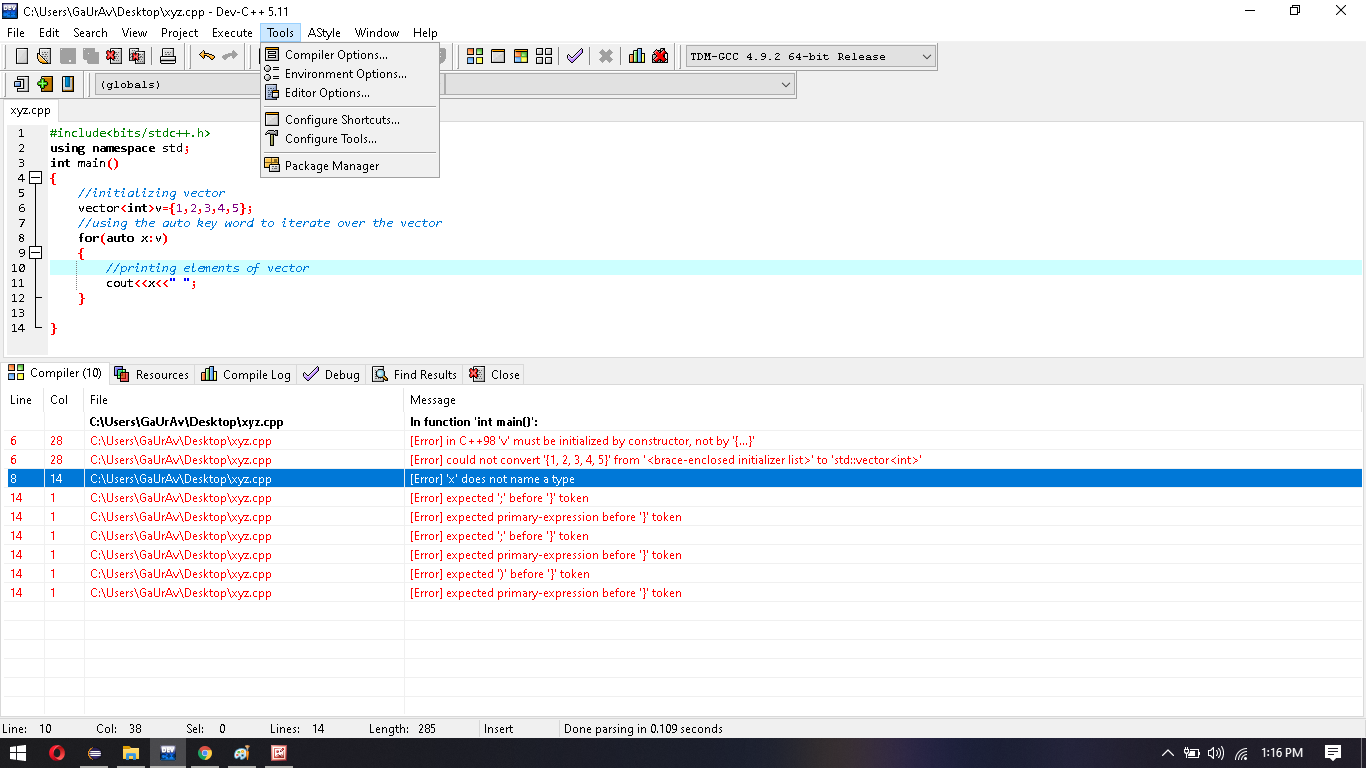
How To Fix Auto Keyword Error In Dev C Geeksforgeeks

Cmpe Data Structures And Algorithms In C December 7 Class Meeting Ppt Download
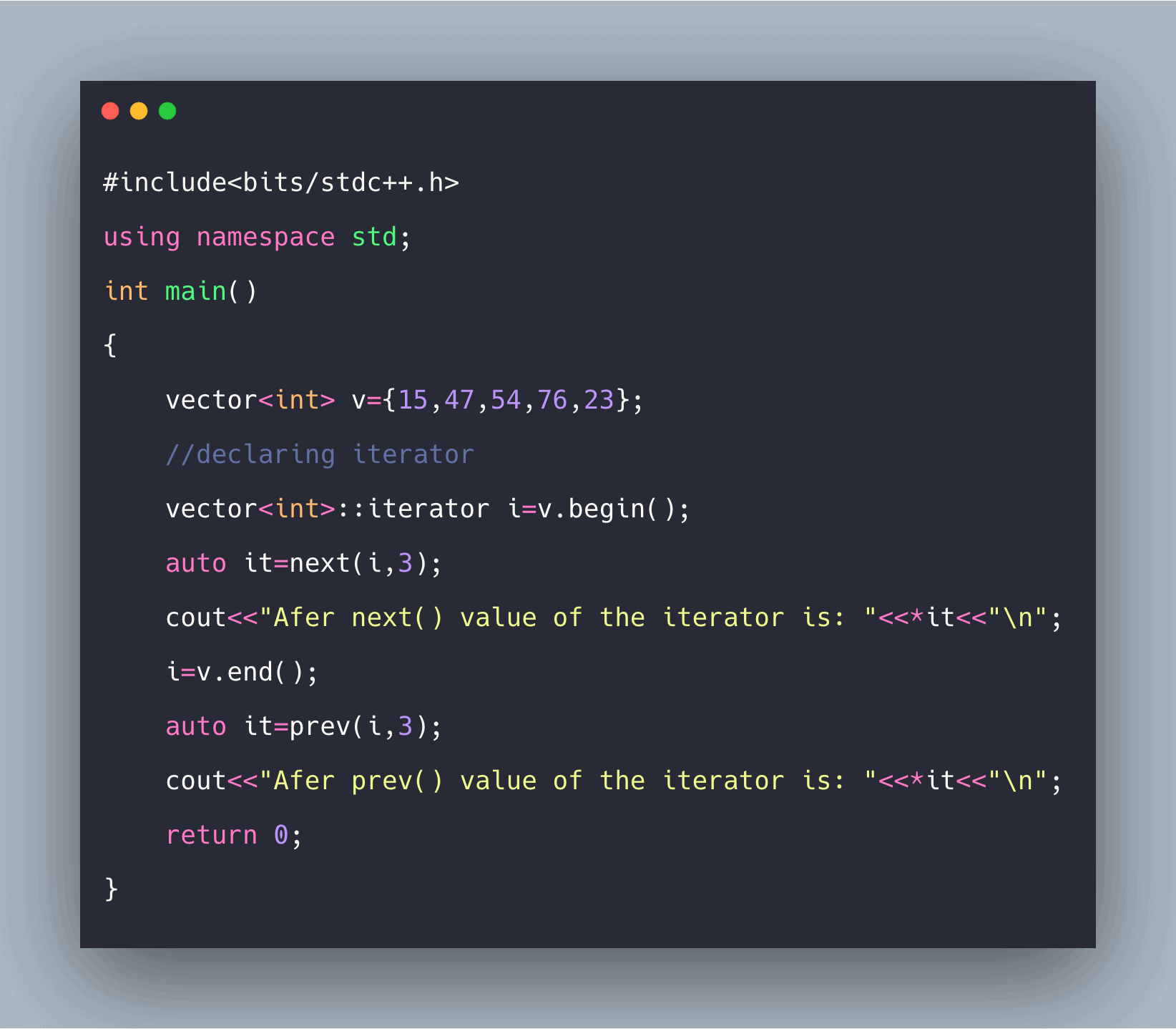
C Iterators Example Iterators In C
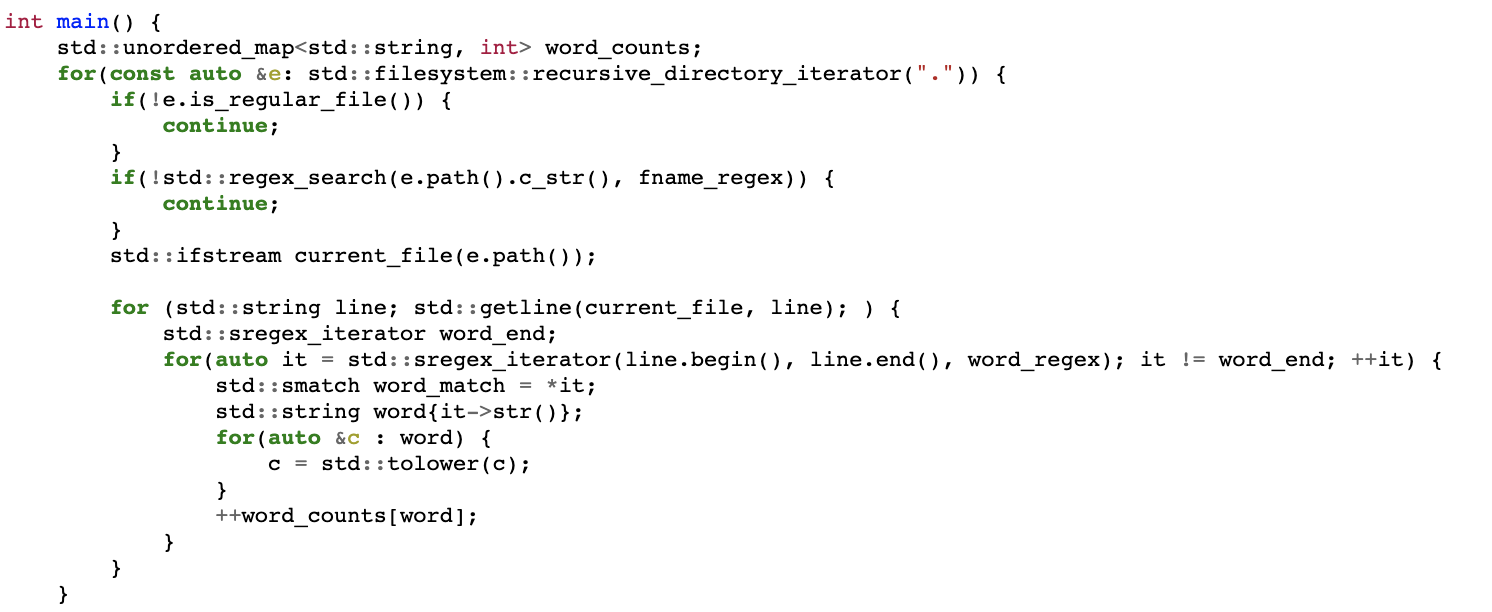
No C Still Isn T Cutting It
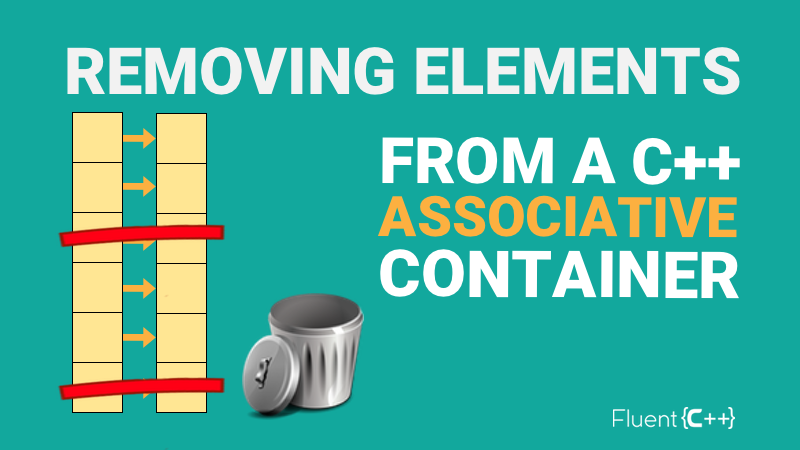
How To Remove Elements From An Associative Container In C Fluent C
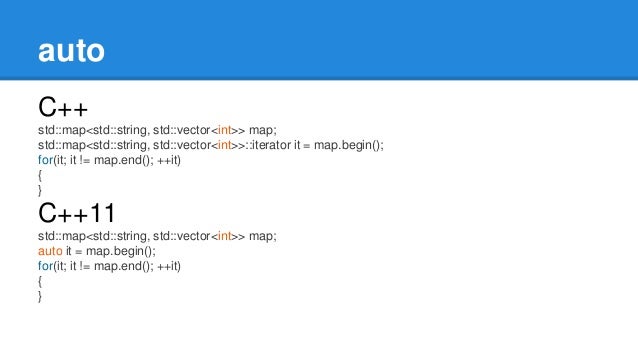
C 11 Features

An Introduction To Programming Though C Ppt Download
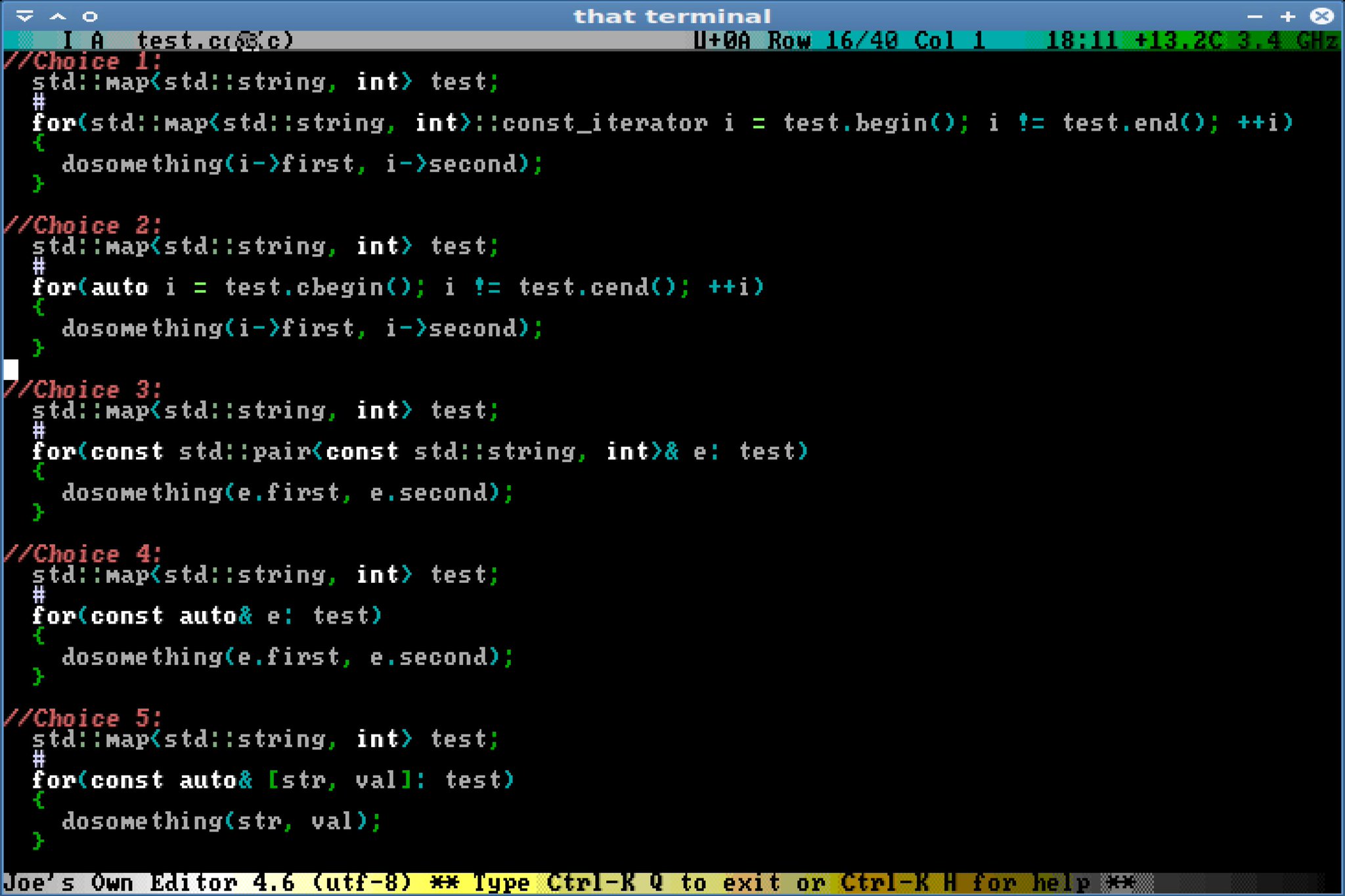
Joel Yliluoma In C There Are Many Different Ways To Achieve The Same Outcome Here Is An Example This One Is About The Auto Keyword Questions 1 Which One Is

Collections C Cx Microsoft Docs

Map Archives Fluent C
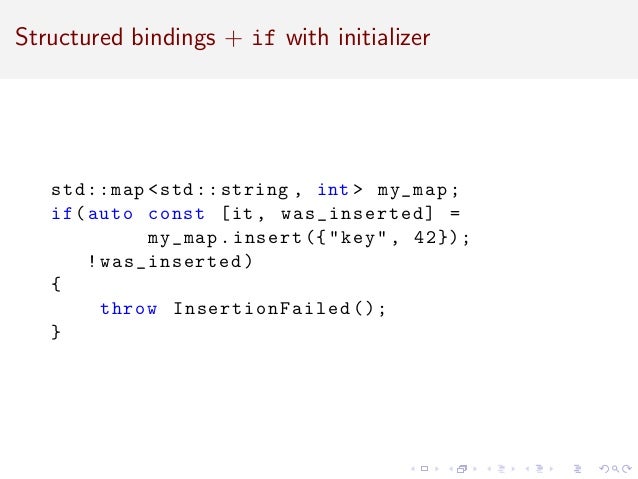
Cpp17 And Beyond



